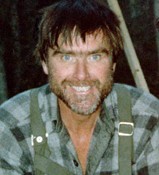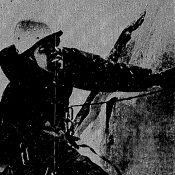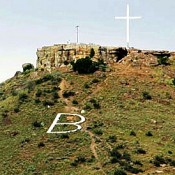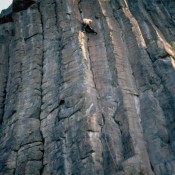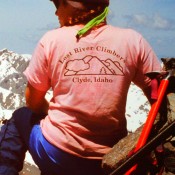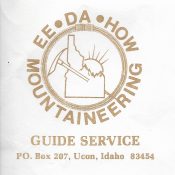
The EE DA HOW Mountaineers was a both a climbing group from Eastern Idaho formed by Lyman Dye, Art Barnes and Wayne Boyer and Lyman’s guide service. They were responsible for first ascents and putting up numerous first ascents in the Lost River Range from the late 1950s into the 1970s. Lyman and Wayne were still climbing in their 80s … Continue reading
